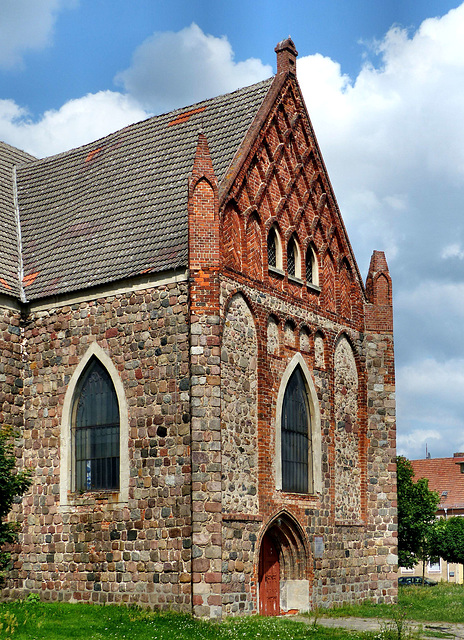Szczecin
Szczecin - Ducal Castle
Szczecin - Szczecin Cathedral
Szczecin - Szczecin Cathedral
Szczecin - Szczecin Cathedral
Szczecin - Szczecin Cathedral
Szczecin - Szczecin Cathedral
Szczecin - Szczecin Cathedral
Szczecin - Szczecin Cathedral
Szczecin - Szczecin Cathedral
Szczecin
Szczecin
Szczecin - Rynek Sienny
Szczecin - Rynek Sienny
Szczecin - Ratusz Staromiejski
Szczecin - Kościół św. Piotra i św. Pawła
Szczecin - Jarmark Jakubowy
Szczecin - Zamek Książąt Pomorskich
Kamień Pomorski - Ratusz
Kamień Pomorski - Santiago de Compostela
Kamień Pomorski - Konkatedra w Kamieniu Pomorskim
Kamień Pomorski - Konkatedra w Kamieniu Pomorskim
Kamień Pomorski - Konkatedra w Kamieniu Pomorskim
Pasewalk - Nikolaikirche
Pasewalk - St.-Marien-Kirche
Pasewalk - St.-Marien-Kirche
Pasewalk - St.-Marien-Kirche
Ducherow - Gumballmachine
Anklam - Nikolaikirche
Anklam - Nikolaikirche
Anklam - Nikolaikirche
Anklam - Marienkirche
Anklam - Marienkirche
Anklam - Marienkirche
Anklam - Marienkirche
Anklam - Marienkirche
Anklam - Marienkirche
Anklam - Marienkirche
Anklam - Marienkirche
Anklam - Marienkirche
Anklam - Marienkirche
Anklam - Marienkirche
Anklam - Marienkirche
Anklam - Marienkirche
Anklam - Marienkirche
Location
Lat, Lng:
You can copy the above to your favourite mapping app.
Address: unknown
You can copy the above to your favourite mapping app.
Address: unknown
See also...
Keywords
Authorizations, license
-
Visible by: Everyone -
All rights reserved
-
129 visits
Pasewalk - Nikolaikirche


A castle named "Posduwlc" was mentioned already in the 11th century.
The first mention of Pasewalk as a town dates back to 1276.
Pasewalk was always a pawn in the territorial interests of the Pomeranian dukes and the Brandenburg margraves, so that the rule changed several times. In 1250 Pasewalk came under Brandenburg rule and was reacquired by the Pomeranians in 1354.
The medieval town consisted of the lower town founded by the Wends with Nikolaikirche and a newer upper town founded by German settlers with Marienkirche. The town was granted extensive trading rights in 1192.
In the Middle Ages, the inhabitants lived primarily from agriculture and brewing. Pasewalk was a member of the Hanseatic League and converted to Lutheran doctrine in 1535.
During the Thirty Years' War, Pasewalk, which was under the protection of the Swedish army soon, was burned and almost completely destroyed in 1630 by imperial troops. The small Swedish garrison was cut down to the last man by the attackers. Only a few inhabitants survived the massacre. With the Peace of Westphalia in 1648, the town was assigned to Swedish Pomerania.
The Nikolaikirche was first mentioned in 1177 and is thus older than the Marienkirche.
It was built as a rectangular, cruciform church of evenly hewn fieldstones. Over the centuries, an annex was added to the north and south sides of the church. After several destructions, it was rebuilt as a Gothic brick building. In the process, it also received the cross wings on the north and south sides that still exist today. In 1615, the church tower was added and the building was expanded into a three-nave church. During the Second World War, the church was severely damaged.
It was unfortunately locked.
The first mention of Pasewalk as a town dates back to 1276.
Pasewalk was always a pawn in the territorial interests of the Pomeranian dukes and the Brandenburg margraves, so that the rule changed several times. In 1250 Pasewalk came under Brandenburg rule and was reacquired by the Pomeranians in 1354.
The medieval town consisted of the lower town founded by the Wends with Nikolaikirche and a newer upper town founded by German settlers with Marienkirche. The town was granted extensive trading rights in 1192.
In the Middle Ages, the inhabitants lived primarily from agriculture and brewing. Pasewalk was a member of the Hanseatic League and converted to Lutheran doctrine in 1535.
During the Thirty Years' War, Pasewalk, which was under the protection of the Swedish army soon, was burned and almost completely destroyed in 1630 by imperial troops. The small Swedish garrison was cut down to the last man by the attackers. Only a few inhabitants survived the massacre. With the Peace of Westphalia in 1648, the town was assigned to Swedish Pomerania.
The Nikolaikirche was first mentioned in 1177 and is thus older than the Marienkirche.
It was built as a rectangular, cruciform church of evenly hewn fieldstones. Over the centuries, an annex was added to the north and south sides of the church. After several destructions, it was rebuilt as a Gothic brick building. In the process, it also received the cross wings on the north and south sides that still exist today. In 1615, the church tower was added and the building was expanded into a three-nave church. During the Second World War, the church was severely damaged.
It was unfortunately locked.
Paolo Tanino has particularly liked this photo
- Keyboard shortcuts:
Jump to top
RSS feed- Latest comments - Subscribe to the comment feeds of this photo
- ipernity © 2007-2025
- Help & Contact
|
Club news
|
About ipernity
|
History |
ipernity Club & Prices |
Guide of good conduct
Donate | Group guidelines | Privacy policy | Terms of use | Statutes | In memoria -
Facebook
Twitter

Sign-in to write a comment.